Description
The instruction for medical use of ELIDEL medicine the Trade name Elidel Mezhdunarodnoye the unlicensed name Pimekrolimus Lekarstvennaya a form Cream of 1% 15 g Structure of 1 g of cream contains active agent – pimekrolimus 10 mg, excipients: sodium hydroxide, anhydrous citric acid, benzyl alcohol, sodium tsetostearilsulfat, mono – and diglycerides, cetyl alcohol, stearyl alcohol, propylene glycol, oleyl alcohol, triglycerides with an average chain, the water purified. Pharmacotherapeutic group Other drugs for treatment of diseases of skin. Pimekrolimus the ATX D11AH02 Code Description Whitish Uniform Cream the Pharmacological Pharmacokinetics Later properties of external use of a pimekrolimus its concentration in blood very low therefore metabolism of a pimekrolimus cannot be defined. In vitro of a research of linking with proteins of plasma showed that 99.6% of a pimekrolimus are in the state connected with proteins. The greatest fraction of a pimekrolimus in plasma is connected with different lipoproteids. In skin of people of in vitro the metabolism of drug was not observed. The pharmacodynamics Pimekrolimus is derivative a macrolactam of an askomitsin. Selectively inhibits products and release of cytokines and mediators from T lymphocytes and mast cells. Has anti-inflammatory properties. Pimekrolimus it is specific contacts a macroeagle owl-12 and inhibits kaltsiyzavisimy phosphatase of a kaltsinevrin. As a result, blocking a transcription of early cytokines, pimekrolimus suppresses activation of T lymphocytes. In particular, in nanomolar concentration pimekrolimus inhibits synthesis in T lymphocytes of interleukin-2, interferon scale (Th1 type), interleukin-4 and interleukin-10 (Th2 type). Besides, after interaction with the antigen/IgE complex pimekrolimus prevents the antigen/IgE-mediated release of cytokines and mediators of inflammation from mast cells. Pimekrolimus does not influence growth of keratinotsit, fibroblasts and endothelial cells. Pimekrolimus is effective at skin inflammation, at the same time its influence on the system immune response is very insignificant. Indications Treatment of patients at the age of 2 years are also more senior with slight and moderate atopic dermatitis if treatment by local corticosteroids is undesirable or it is impossible. It can be at: – intolerance of local corticosteroids, – insufficient effect of local corticosteroids, – need of use on a face and a neck where prolonged periodic use of corticosteroids can be inappropriate. The route of administration and doses Duration of treatment is established by the doctor depending on a stage and severity of a disease. Elidel it is possible to apply in short term to treatment of signs and symptoms of atopic eczema and periodically for a long time to prevention of exacerbation of a disease. Treatment should be begun at emergence of the first signs and symptoms of atopic dermatitis. Elidel it is necessary to apply only on the sites affected with atopic dermatitis. Elidel it is necessary to use during the smallest time during exacerbation of a disease. The patient or the person who takes care of it have to stop Elidel’s use at disappearance of symptoms. Treatment has to be periodic, short-term and short. Elidel it is necessary to apply with a thin layer on affected areas twice a day. Data of researches support periodic use of Elidel during the period up to 12 months. If after 6 weeks the improvement, or in case of aggravation of symptoms is not observed, Elidel’s use should be stopped. At the same time it is necessary to estimate repeatedly the diagnosis of atopic dermatitis and to think over further therapeutic actions. Adults. The thin group of Elidel needs to be applied to the affected skin twice a day and easy movements completely to rub in skin. Each of affected areas should be processed Elidel before disappearance of signs and symptoms of a disease then treatment should be stopped. Elidel it is possible to apply on all sites of skin, including the head, a face, a neck and intertriginozny sites (sites of inguinal folds and genitalias), except mucous membranes. Elidel it is not necessary to apply under hard bandages. At long-term therapy of atopic dermatitis (eczema) the treatment by Elidel should be begun at emergence of the first signs and symptoms of atopic dermatitis to prevent distribution and further exacerbation of a disease. Elidel it is necessary to apply twice a day. Right after Elidel’s use it is necessary to apply emollients. Patients of advanced age. At patients at the age of 65 years cases of atopic dermatitis (eczema) are also more senior are observed seldom. Clinical trials on studying Elidel did not include enough patients of this age group to define whether their response to treatment for the answer of younger patients differs. Side effects occurrence Frequency: very often (& gt, 1/10), it is frequent (& gt, 1/100, & lt, 1/10), infrequently (& gt, 1/1000, & lt, 1/100), is rare (& gt, 1/10000, & lt, 1/1000), is very rare (& lt, 1/10000, including isolated cases). Very often – the burning sensation in the site of application of cream is frequent – skin infections (folliculitis), reactions in the site of application (irritation, rash, an erythema) is not frequent – a contagious mollusk, a furuncle, impetigo, herpes the simplex surrounding herpes, herpetic dermatitis, skin papillomas, local skin reaction (rash, pain, paresthesia, peeling, dryness, puffiness) is rare – intolerance of alcohol (in most cases feeling of rushes of blood, rash, a small tortoiseshell, a Quincke’s disease) – allergic reactions (rash, urticaria, a Quincke’s disease), discoloration of skin (hypopigmentation, a hyperpegmentation) is very rare – anaphylactic reactions. It was reported about cases of developing of malignant diseases, including skin and other forms of lymphoma and malignant skin tumors at patients who used cream with pimekrolimusy. It was reported also about cases of development of a lymphadenopathy in post-market and clinical trials, however relationship of cause and effect was not established with treatment by Elidel. Contraindications – hypersensitivity to a pimekrolimus or other components of drug – children’s age up to 2 years Medicinal interactions Potential interactions of Elidel with other drugs were not studied. Considering that system absorption of a pimekrolimus is very insignificant, any interactions with drugs for intake are a little probable. Considering pharmakodinamichesky properties and the minimum extent of system absorption of a pimekrolimus, it is not expected that drug can affect efficiency of vaccination. As impact of Elidel cream on the injection site of vaccine was not studied, its drawing on these sites is not recommended until local manifestations of vaccine-challenged reaction completely do not disappear. There are no data on simultaneous use of immunosuppressive drugs which appoint in atopic eczema, such as ultraviolet radiation of a range In and And, PUVA therapy (Psoralenum and ultra-violet radiation of a range A), Azathioprinum and cyclosporine A. It is necessary to avoid excess radiation of skin ultraviolet rays (including use of sunbeds, therapy by the ultraviolet radiation of a range In and And yes PUVA therapy) during treatment by Elidel. Exceptional cases of reddening, rash, burning sensation, an itching or hypostasis right after alcohol intake at patients who used cream with pimekrolimusy were observed. Special instructions Elidel do not recommend to use at patients with the hereditary or acquired immunodeficiency, or at patients who receive treatment by immunosuppressive drugs. Long-term influence on the local immune response of skin and on the frequency of developing of malignant diseases of skin is unknown. Elidel it is not necessary to apply on potentially malignant damages or sites of skin affected with pretumor diseases. Elidel it is not necessary to apply on the sites of skin affected with acute viral infections (herpes simplex, chicken pox). The efficiency and Elidel’s safety was not estimated at treatment of clinically infected atopic dermatitis. Before treatment by Elidel, the infected sites of skin need to be cured. As patients with atopic dermatitis are inclined to superficial skin infections, including herpetic eczema (herpetiform eczema of Kaposha), treatment by Elidel can increase risk of infection with a virus of a herpes simplex or developing of herpetiform eczema, in that case treatment by Elidel should be stopped before disappearance of a viral infection. Patients with acute atopic dermatitis have the increased risk of developing of bacterial skin infections (impetigo) during treatment by Elidel. Elidel’s use can cause insignificant tranzitorny reaction in the site of application, such as feeling of warmth and/or burning. The patient has to tell the doctor if reaction in the site of application of drug is too significant. It is necessary to avoid contact of drug with eyes and mucous membranes. If drug accidentally got on these sites, it needs to be wiped or washed away carefully water. The doctor has to recommend to the patient the appropriate measures of protection against solar radiation, such as restriction of stay for the sun, use of means of protection and covering of skin with clothes. Elidel contains cetyl and stearyl alcohols which can cause local skin reaction. Elidel also contains propylene glycol which can cause irritation of skin. Elidel contains active agent pimekrolimus, inhibitor of a kaltsinevrin. At patients after transplantation and prolonged system use of immunosuppressors, system use of inhibitors of a kaltsinevrin is connected with the increased risk of emergence of lymphoma and malignant diseases of skin. It was reported also about cases of developing of malignant diseases, including skin and other forms of lymphoma and malignant skin tumors at patients who used cream with pimekrolimusy. However at patients with atopic dermatitis who were treated Elidel the considerable system level of a pimekrolimus is not revealed. At clinical trials of Elidel 0.9% of cases of a lymphadenopathy are noted. Usually they were connected with infections and disappeared at the corresponding therapy by antibiotics, but most of them had communication with use of drug or disappeared in itself. Therefore at appearance of a lymphadenopathy in patients who applied Elidel it is necessary to find out an etiology of this process. In the absence of an obvious etiology of a lymphadenopathy or at appearance of an acute infectious mononucleosis, treatment by this drug should be stopped. At appearance of a lymphadenopathy, observation of the patient before its disappearance is necessary. It is impossible to close the site of application of drug an occlusive bandage. Groups of patients with potentially high risk of system influence. The research of use Elidela was not conducted at patients with Neterton’s syndrome. Because of a possibility of high system absorption of a pimekrolimus Elidel’s use for patients with Neterton’s syndrome it is not recommended. As safety of use of Elidel for patients with an erythrosis was not estimated, use of drug in this group of patients is not recommended. Patients with acute inflammatory processes have skins or at disturbance of its integrity, system concentration of drug can be higher. Pregnancy and the period of a lactation Are not present sufficient data concerning Elidel’s use for pregnant women. Researches on animals at skin use did not show the direct or mediated negative impact on embryonal/pre-natal fetation. Researches on animals at oral administration showed reproductive toxicity. Because of the minimum level of absorption at topical administration of cream the possible risk for the person is considered limited. However Elidel it is not necessary to apply during pregnancy. Elidel with care appoint in the period of a lactation. Nursing mothers can use Elidel, however should not apply him on area of a breast, in order to avoid accidental hit of drug in an oral cavity of babies. In pediatrics use of the drug Elidel at children is not recommended 2 years are younger. At children 2 years and teenagers are more senior the dosage and a route of administration do not differ from recommendations for adult patients. Features of influence of medicine on ability to run the vehicle or potentially dangerous mechanisms the Overdose does not influence overdose Cases at use of drug were not observed. A form of release and packing On 15 g of cream in tubas aluminum, sealed by a membrane (aluminum seal), with the twisting lid polypropylene with the built-in dot device for piercing of an aluminum seal. Each tuba together with the instruction for medical use in the state and Russian languages is put in a pack from cardboard. To Store storage conditions at a temperature not above 25 °C. Not to freeze! To store out of children’s reach! The period of storage After opening of a tuba drug should be used 2 years within 12 months. Not to apply after an expiration date. Prescription status According to the prescription. The producer “Menyyufekchering Honey” Kennedy Ave, 33700, Merinyak, France the Owner of the registration certificate of MEDA Pharm GmbH and To. KG, Germany the Address of the organization in the territory of the Republic of Kazakhstan: the accepting claim (offer) on quality of medicines from consumers, responsible for post-registration observation of safety of medicine Representation “Pharmasyyutikalz HONEY Switzerland GmbH” in the Republic of Kazakhstan: Almaty, Dostyk Ave. 97, office 8
to Develop
Additional information
| Ingredient |
|---|





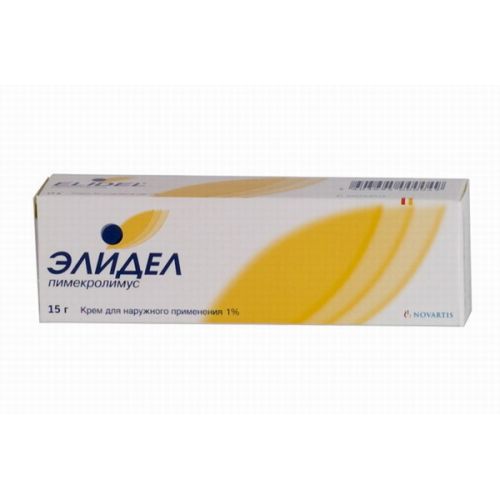
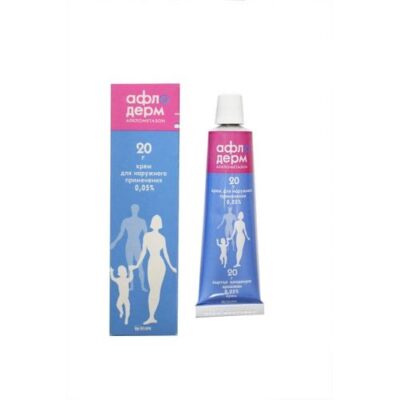
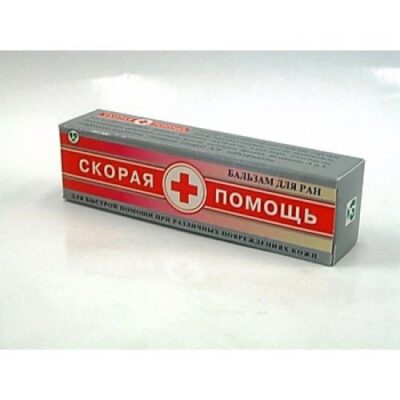
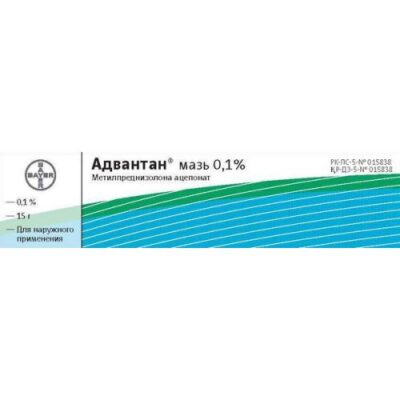
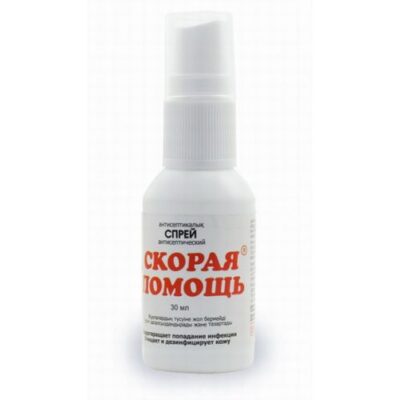
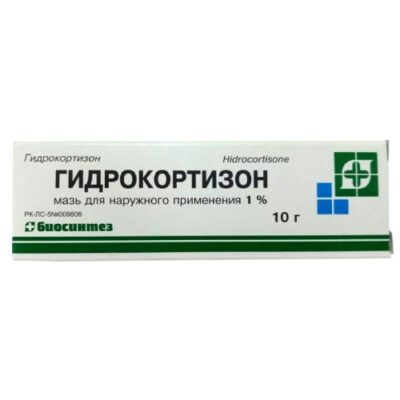
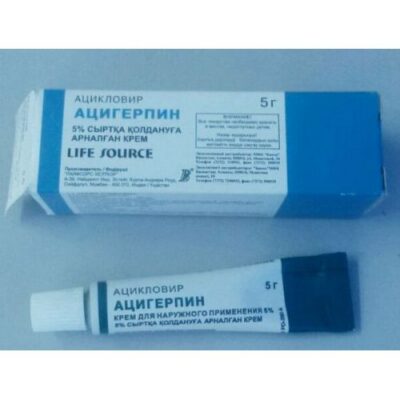
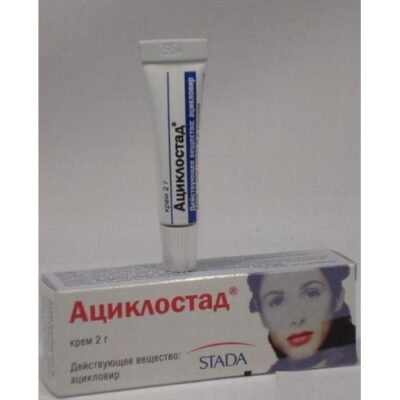
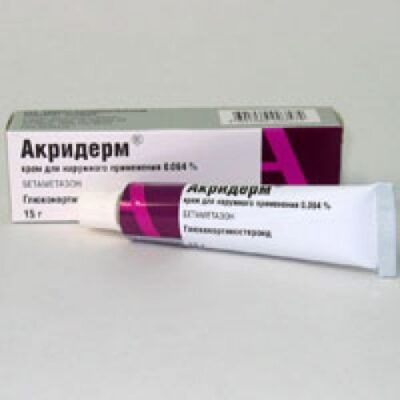








Reviews
There are no reviews yet.